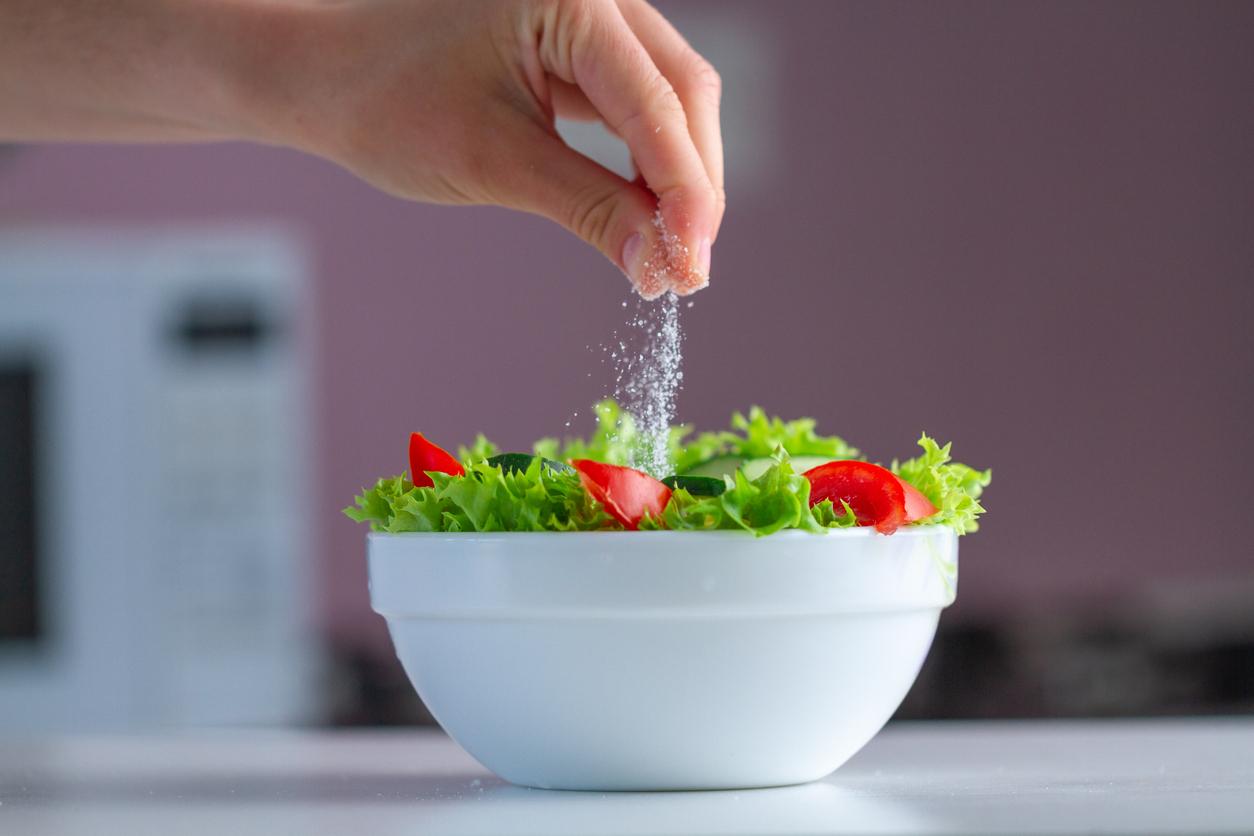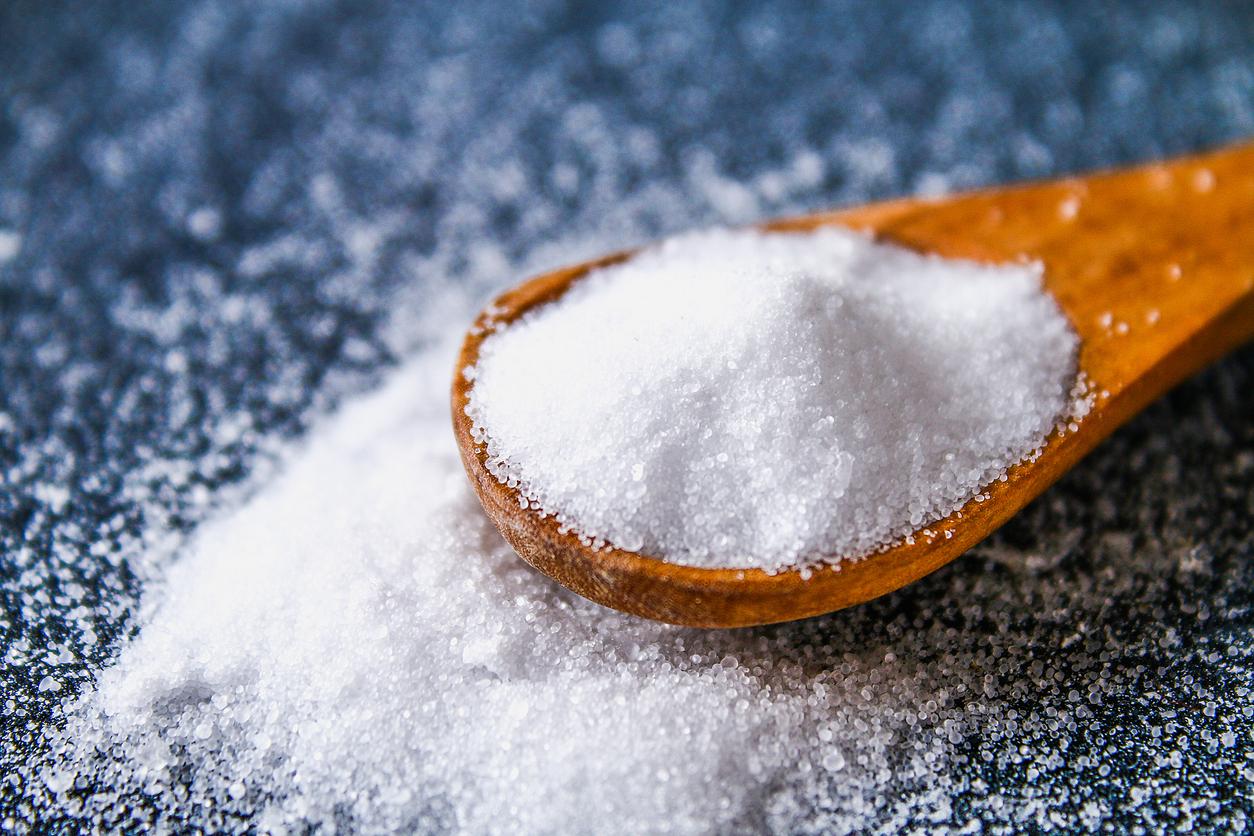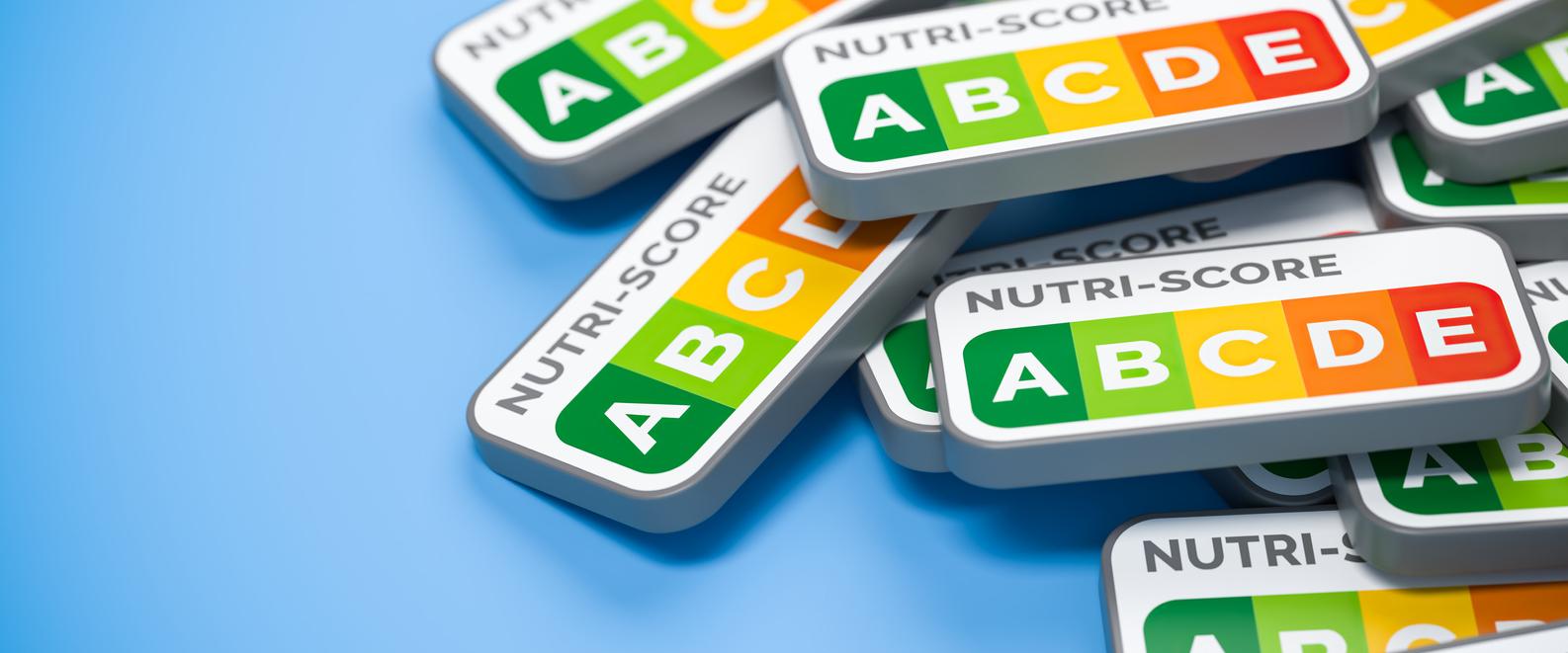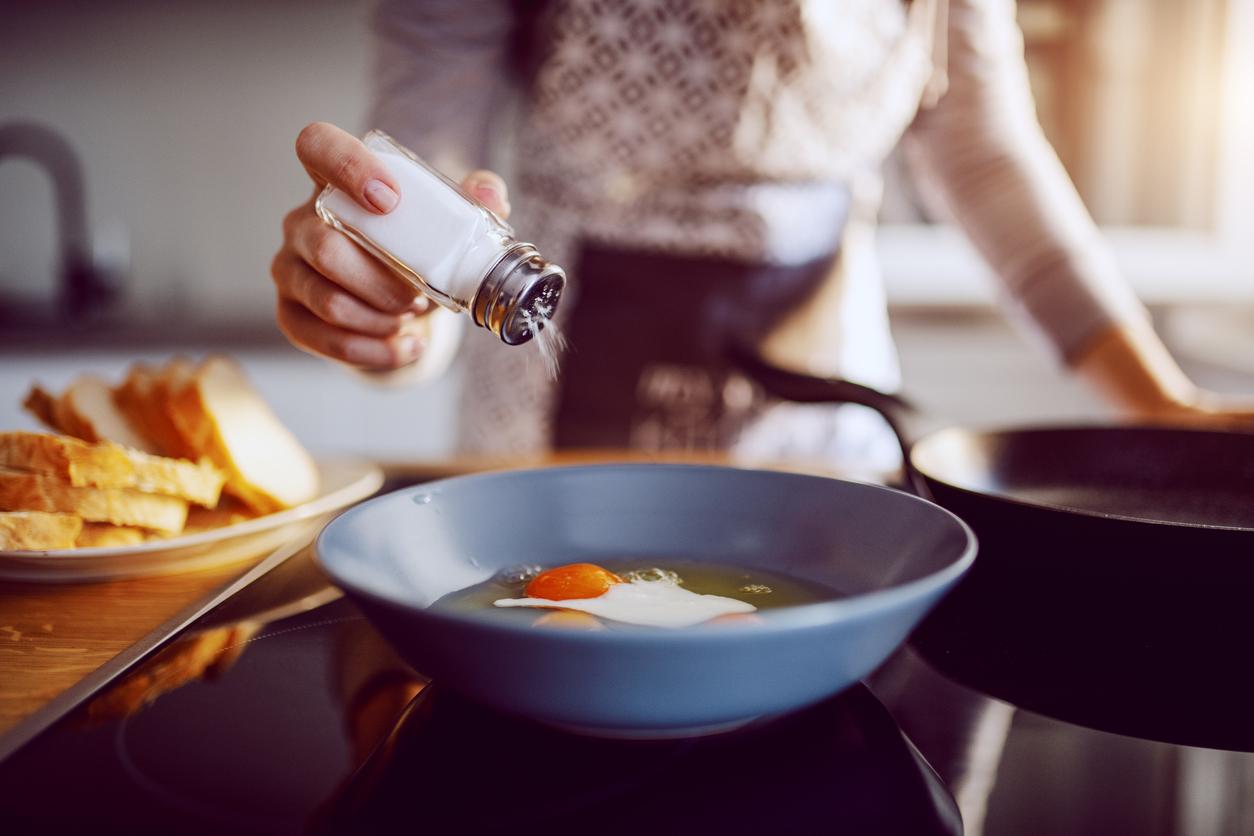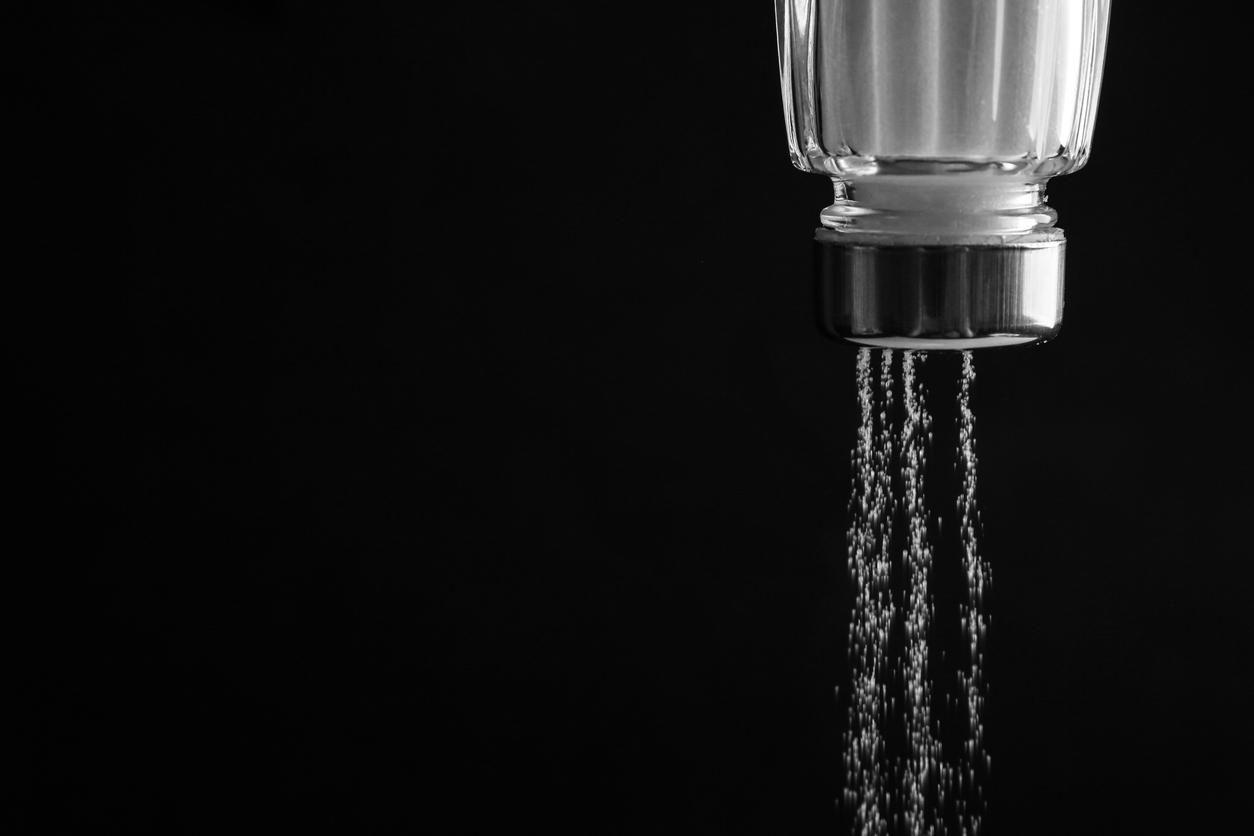
Maintains the moisture balance
In addition to vitamins, your body also needs minerals. One of those minerals is chloride. What is it and can you run into a deficiency?
Together with the minerals sodium and potassium, you need chloride for a good fluid balance in the body. In addition, it is part of stomach acid.
Rarely too short
Chloride is in table salt (sodium chloride). Table salt is used in cooking and manufacturers add it to all kinds of products to enhance their taste. Salt is in almost everything, so almost all foods also contain chloride. Even if you eat low-salt, you automatically get enough chloride. A deficiency of chloride therefore rarely occurs.
Watch out for salt
It is not known what the symptoms are of an excess of chloride. Still, it’s important to watch your salt intake. If you use too much table salt, your body can retain moisture. This is called edema and can lead to high blood pressure. In addition, eating a lot of salt increases the risk of cardiovascular disease, kidney disease, stomach cancer and osteoporosis.
The Health Council recommends eating a maximum of 6 grams of salt per day. Most Dutch people consume a lot more salt: adult men eat an average of 9.9 grams of salt per day and women 7.5 grams per day.
Adequate intake
There is no known recommended daily allowance for chloride. A so-called adequate intake has been established. That is an estimate of the lowest amount of nutrients that is sufficient for almost everyone. The adequate intake for chloride is derived from the adequate intake for sodium. For your information, you will find the amounts below, but because almost everything contains salt, you do not have to pay attention to whether you are getting enough chloride.
| Age | Adequate intake (grams per day) |
|---|---|
| 13 years | 1,5 |
| 4 – 8 years | 1.9 |
| 9 – 50 years | 2.3 |
| 51 – 70 years | 2.0 |
| older than 70 years | 1,8 |
Sources):








